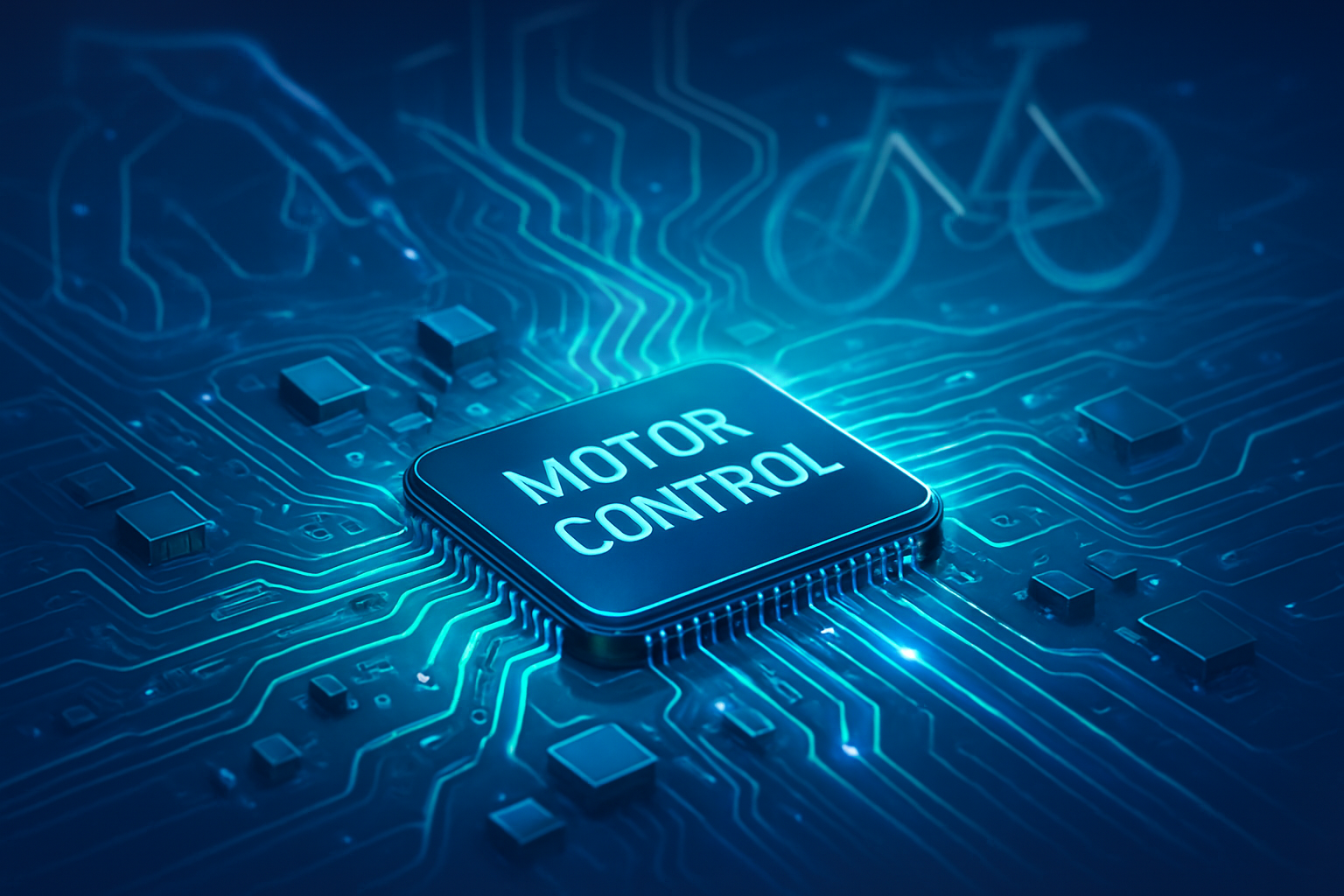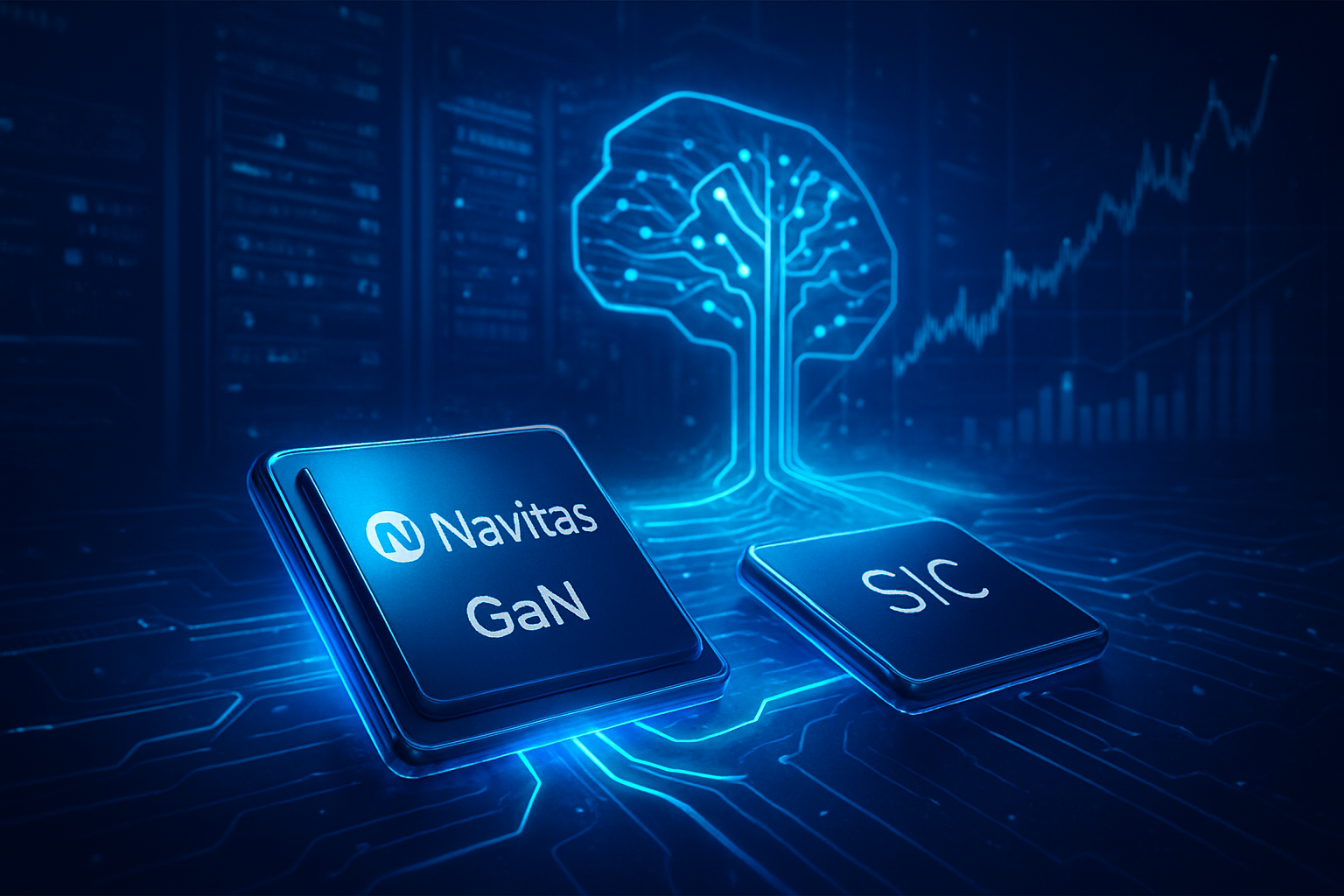ROHM Semiconductor (TYO: 6963) has announced the release of its groundbreaking BD67871MWV-Z, a new three-phase brushless DC (BLDC) motor gate driver designed to revolutionize efficiency and reduce electromagnetic interference (EMI) in a wide array of medium-voltage applications. This innovative component, targeted at 12V to 48V systems but capable of operating up to 60V, promises to significantly advance motor control technology by addressing long-standing trade-offs between thermal performance and EMI suppression. Its introduction marks a pivotal moment for industries reliant on precise and energy-efficient motor operation, from industrial machinery to personal mobility devices.
The immediate significance of the BD67871MWV-Z lies in its potential to dramatically improve the performance and reliability of BLDC motor systems. By integrating ROHM's proprietary Active Gate Drive technology, TriC3™, the new gate driver offers an unprecedented combination of reduced power loss and minimized noise. This dual benefit not only extends the lifespan of motor-driven equipment but also simplifies design processes for engineers, paving the way for more compact, robust, and environmentally friendly products across various sectors.
Technical Prowess: TriC3™ Technology Redefines Motor Driver Performance
At the heart of the BD67871MWV-Z's superior performance is ROHM's innovative TriC3™ technology. This advanced feature actively monitors the voltage characteristics around external power MOSFETs and dynamically adjusts the gate drive current in real-time. This intelligent, multi-stage control mechanism significantly curtails the FETs' switching losses, directly leading to a substantial reduction in heat generation and power consumption during operation. Simultaneously, TriC3™ meticulously suppresses ringing, a common source of EMI, thereby ensuring low electromagnetic interference without compromising efficiency. Compared to ROHM's conventional constant-current drive products, the BD67871MWV-Z with TriC3™ technology has demonstrated an impressive reduction in FET heat generation by approximately 35%, all while maintaining equivalent EMI levels.
Beyond its core TriC3™ innovation, the BD67871MWV-Z boasts a comprehensive suite of technical specifications and features that underscore its versatility and robustness. It supports a wide input voltage range from 4.5V to 60V (with a Vcc maximum of 65V) and is designed to drive three half-bridges comprising six N-Channel power MOSFETs. Key features include a synchronous rectification function during bootstrap capacitor charging for enhanced efficiency, 100% PWM duty cycle capability via a bootstrap gate driver with a current source circuit, and super low IVCCQ consumption (less than 1 µA in sleep mode) for superior energy efficiency. The device also supports both 3.3V and 5V logic inputs, withstands negative transients up to -5V on SH pins, and offers adjustable dead time control from 10ns to 3000ns. Packaged in a compact UQFN28AV040A (4.0mm x 4.0mm) format, it includes integrated protection features such as VCC UVLO, Bootstrap UVLO, VREG UVLO, Thermal Shutdown, and a Fault Condition Indicator.
This technical advancement represents a significant departure from previous motor driver approaches, which often forced designers to choose between optimizing for thermal performance or EMI suppression. Traditional methods typically involved trade-offs, where improving one aspect often degraded the other, leading to complex design compromises, larger heatsinks, or additional filtering components. ROHM's BD67871MWV-Z, with its intelligent active gate drive, effectively mitigates this dilemma, offering a holistic solution that enhances both simultaneously. Initial reactions from the motor control and power electronics community are expected to be highly positive, recognizing this as a crucial step towards more integrated, efficient, and reliable motor drive solutions.
Market Implications: Reshaping Competition and Driving Innovation
The introduction of ROHM Semiconductor's BD67871MWV-Z is poised to have a significant impact on various companies within the tech and industrial sectors. Companies specializing in the manufacturing of industrial equipment, such as robotics, factory automation systems, and pumps, stand to benefit immensely from the enhanced efficiency and reliability offered by this new gate driver. Manufacturers of power tools (e.g., cordless drills, saws), e-bikes, and other personal mobility devices will also find the BD67871MWV-Z instrumental in developing more powerful, longer-lasting, and compact products, directly improving user experience and market competitiveness.
From a competitive standpoint, the BD67871MWV-Z with its proprietary TriC3™ technology could give ROHM Semiconductor (TYO: 6963) a strategic advantage over other semiconductor companies in the motor driver market. Competitors offering gate drivers without such integrated active gate drive capabilities may find their offerings challenged by ROHM's ability to deliver superior thermal and EMI performance in a single, compact solution. This could lead to a shift in market positioning, compelling other major players to accelerate their own R&D efforts in intelligent gate drive technologies to remain competitive.
The potential disruption to existing products and services lies in the gate driver's ability to simplify design and reduce component count. By minimizing the need for extensive external EMI filtering components or oversized heatsinks, the BD67871MWV-Z can enable smaller, lighter, and more cost-effective motor control units. This could disrupt suppliers of discrete components traditionally used for these purposes and encourage a move towards more integrated, system-on-chip (SoC) type solutions in motor control. The market positioning of ROHM is strengthened as a leader in power management and motor control ICs, particularly for applications where efficiency, compactness, and low EMI are critical.
Wider Significance: A Leap Towards Sustainable and Intelligent Motion Control
The BD67871MWV-Z fits seamlessly into the broader landscape of technological trends emphasizing energy efficiency, sustainability, and intelligent control. As industries globally strive to reduce their carbon footprint and optimize energy consumption, components like this new gate driver become crucial enablers. Its ability to significantly reduce heat generation and power loss directly contributes to more energy-efficient systems, aligning with global initiatives for green technology and sustainable manufacturing. This development underscores a growing demand for smart power solutions that can dynamically adapt to operating conditions, moving beyond static, one-size-fits-all approaches.
The impacts of this technology extend beyond mere efficiency gains. Improved EMI performance is vital for the reliable operation of interconnected systems, particularly in industrial environments where numerous electronic devices coexist. Reduced EMI means less interference with sensors, communication lines, and other sensitive electronics, leading to more robust and dependable automation systems. Furthermore, the ability to operate at higher power densities due to lower heat generation allows for more compact designs, which is a critical advantage in space-constrained applications like robotics, drones, and portable devices.
While the benefits are substantial, potential concerns might include the initial adoption curve for a new proprietary technology like TriC3™ and the integration complexity for some legacy systems. However, the clear advantages in performance and simplified design are expected to outweigh these initial hurdles. This milestone can be compared to previous breakthroughs in power electronics that enabled significant reductions in size and increases in efficiency, such as the widespread adoption of SiC and GaN power devices. The BD67871MWV-Z represents a similar leap forward, albeit in the realm of gate drive intelligence, pushing the boundaries of what is achievable with silicon-based solutions.
Future Developments: Smarter, More Integrated Motor Control
Looking ahead, the introduction of ROHM's BD67871MWV-Z signals a clear direction towards even smarter and more integrated motor control solutions. In the near term, we can expect to see rapid adoption of this gate driver in next-generation industrial robots, high-performance power tools, and advanced e-mobility platforms. Its capabilities will enable manufacturers to push the boundaries of performance and battery life in these applications. Long-term developments are likely to involve further integration of advanced control algorithms directly into the gate driver ICs, potentially leading to highly autonomous motor control units that require minimal external processing.
Potential applications and use cases on the horizon include advanced drone propulsion systems requiring maximum efficiency and minimal interference, sophisticated medical devices where reliability and compact size are paramount, and even consumer electronics demanding silent and efficient motor operation. The technology could also be scaled for higher voltage and power applications, extending its reach into electric vehicles (EVs) and renewable energy systems.
Challenges that need to be addressed include the continued development of standardized interfaces for these intelligent gate drivers to ensure broad compatibility across different motor types and control architectures. Furthermore, optimizing the manufacturing processes to meet increasing demand while maintaining cost-effectiveness will be crucial. Experts predict that the trend towards active and intelligent gate drive technologies will only accelerate, with future developments focusing on even finer-grained control, predictive maintenance capabilities integrated at the chip level, and enhanced cybersecurity features for connected motor systems. The goal is to move towards "self-aware" motor controllers that can optimize their performance in real-time based on environmental factors and operational demands.
Comprehensive Wrap-Up: A Foundation for Future Efficiency
In summary, ROHM Semiconductor's (TYO: 6963) BD67871MWV-Z, powered by its innovative TriC3™ Active Gate Drive technology, represents a significant leap forward in three-phase brushless DC motor control. Its key achievement lies in simultaneously minimizing FET heat generation and suppressing EMI, a long-sought-after combination that dramatically enhances energy efficiency, reliability, and design flexibility across a wide range of medium-voltage applications. The 35% reduction in heat generation compared to conventional solutions is a testament to its technical prowess, promising more compact, robust, and sustainable motor-driven systems.
This development holds considerable significance in the history of power electronics and motor control, setting a new benchmark for integrated performance. It demonstrates how intelligent gate drive techniques can unlock substantial improvements in system efficiency and electromagnetic compatibility, areas that are critical for modern industrial and consumer applications. The BD67871MWV-Z is not just an incremental improvement; it's a foundational technology that will enable the next generation of high-performance, energy-conscious motor designs.
As we look to the future, the long-term impact of such intelligent gate drivers will be profound, driving innovation in areas like robotics, electric mobility, and smart industrial automation. What to watch for in the coming weeks and months includes the initial market adoption rates, the emergence of products leveraging this technology, and competitive responses from other semiconductor giants. The BD67871MWV-Z is a clear signal that the future of motor control is intelligent, efficient, and interconnected.
This content is intended for informational purposes only and represents analysis of current AI developments.
TokenRing AI delivers enterprise-grade solutions for multi-agent AI workflow orchestration, AI-powered development tools, and seamless remote collaboration platforms.
For more information, visit https://www.tokenring.ai/.








